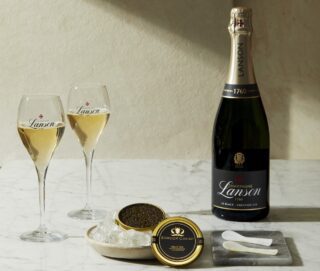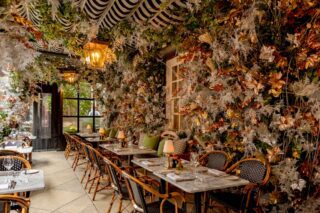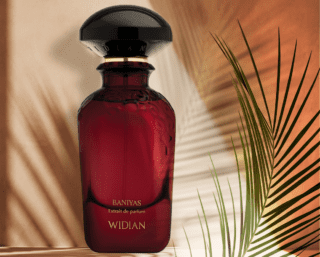This website uses cookies so that we can provide you with the best user experience possible. Cookie information is stored in your browser and performs functions such as recognising you when you return to our website and helping our team to understand which sections of the website you find most interesting and useful.
How kitchen design brand Lanserring is revolutionising family life in the home
By Michelle Johnson | 24 July 2019 | Lifestyle
Lanserring’s Alex Beaugeard tells Tempus why his designs are both sustainably and socially advanced
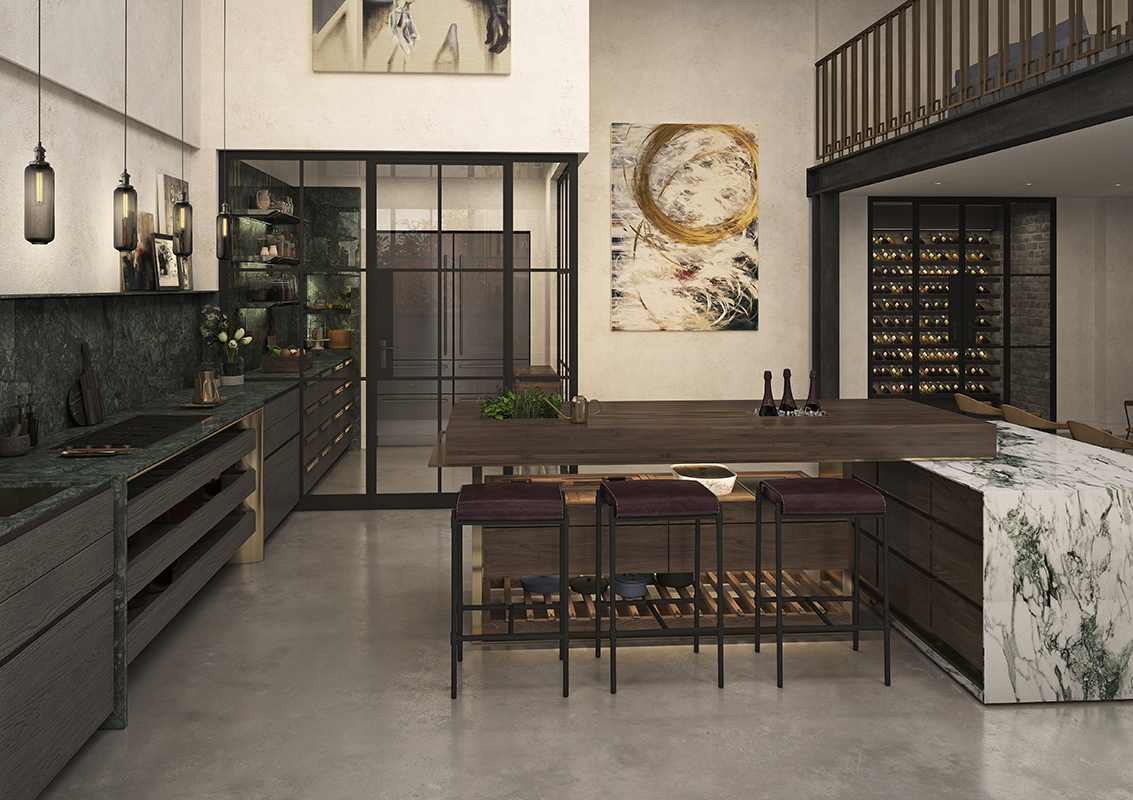
The kitchen has long been considered the heart of the home, but for bespoke kitchen designers Lanserring, that well-known sentiment is the true north for every interior created for its exclusive clientele. The British brand’s design director, Alex Beaugeard, describes each of the company’s projects as being created on a ‘first principles’ basis, inspired entirely by their client’s style, taste and, most importantly, the way they live.
Lanserring is owned by brothers Bernd and Johann Radaschitz, fourth-generation owners of a respected Austrian joinery company established in 1923. With their master craftsmen commissioned for projects including One Hyde Park and by designers such as Martin Kemp and Katharine Pooley. With studios in Vienna and London, Lanserring’s custom-made kitchens are an evolution of this work, focused on creating contemporary spaces that make entertaining and family bonding more intuitive, that are a sanctuary within the home, and that make use of the most sustainable and elegant of materials.
Now, having launched the Delancey concept (pictured), Beaugeard takes us through the concepts behind his most innovative designs.
How do you approach your designs as a brand?
One of our key brand values is innovation. We are trying to disrupt the market as it stands as much as we possibly can. Everything we do is made by hand by master craftsmen, so there's no production line, and this allows us to offer totally bespoke solution for kitchens, using incredible materials including metals, glass, timber, stone and upholstery. Because we don't have a 'house style', we can start to tackle some interesting problems from a first principles approach.
Where does your inspiration start?
Well, we start by asking clients how they live – what are their habits, what are the problems they're facing? I'm a massive watch fan, and have always loved mechanical watches, so I love the parallels between how watchmakers and engineers are trying to find solutions to problems with various components fitting together – the way each complication tells a story, but is also exquisitely beautiful. I can see real parallels in how we're trying to solve social problems, in my opinion, with a beautiful sense of aesthetics. >>
Related: The luxury living trends attracting investors to London from around the world
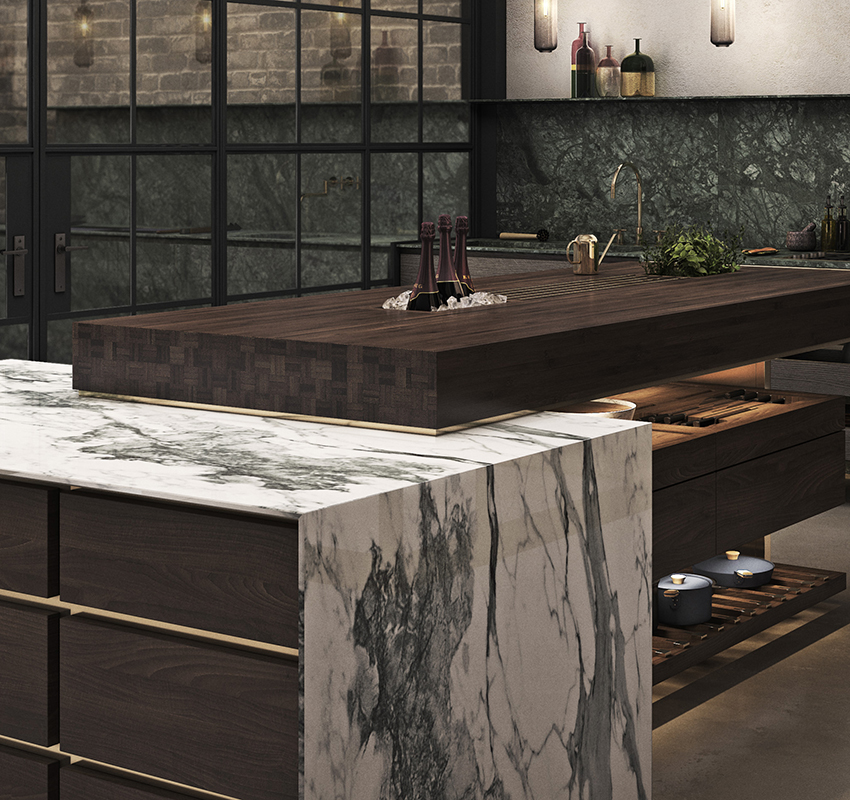
What kind of social problems are you looking to address?
We're trying to create spaces where people can truly engage more with the people they love. It can be as simple as ensuring the workspaces in kitchens, where people are preparing food, are naturally facing the tables where their children are doing homework. The more time spent face-to-face, the more good habits are formed. My children are aged seven and nine, and I've come to learn that the really important conversations are the incidental ones. All of a sudden, when something else is going, they'll ask me a question that just stops me in my tracks or open up about something that's been on their mind. So from a design angle, I'm incredibly keen to create spaces to promote that open-mindedness and dialogue.
That principle works so well with entertaining friends, too, because all entertainment in the home is informal these days. Nobody lives that way. It's much more desirable to curate and create these engaging moments, so you don't want the space to get in the way. We're finding that high net worth clients are looking for these qualities, where there are really luxurious, intuitive spaces designed with stunning materials. It's a way of opening up your home.
You're also very conscious about using sustainable materials in your kitchens. Could you tell us more about this approach?
Sustainability is such a huge part of what we're trying to accomplish. We embarked on a journey of identifying the sustainability of both our product and process quite early on. Austria as a nation is very forward-thinking, and uses a lot of sustainably-generated energy, whether hydro-electric, wind or solar. We also use waste products from our manufacture to heat the workshop in the winter, creating little charcoal briquettes to fire the boilers.
In terms of our kitchen designs, I love using bamboo in our manufacture. It's a wonder material in many ways; it's a grass rather than a wood, and has a very high mineral content compared to many plants. It can heal itself from marks or cuts over time, and it's also a natural disinfectant. For all those reasons, it's a great material to use in a food preparation area, but because it has such a fast growth rate it's a renewable resource, and using it has very little impact on the environment. The downside is that it's very complex and doesn't behave like timber, so there are a few challenges when working with it, but I adore it. >>
Related: Interior designer Cat Dal tells Tempus how to achieve spa-level luxury in your home
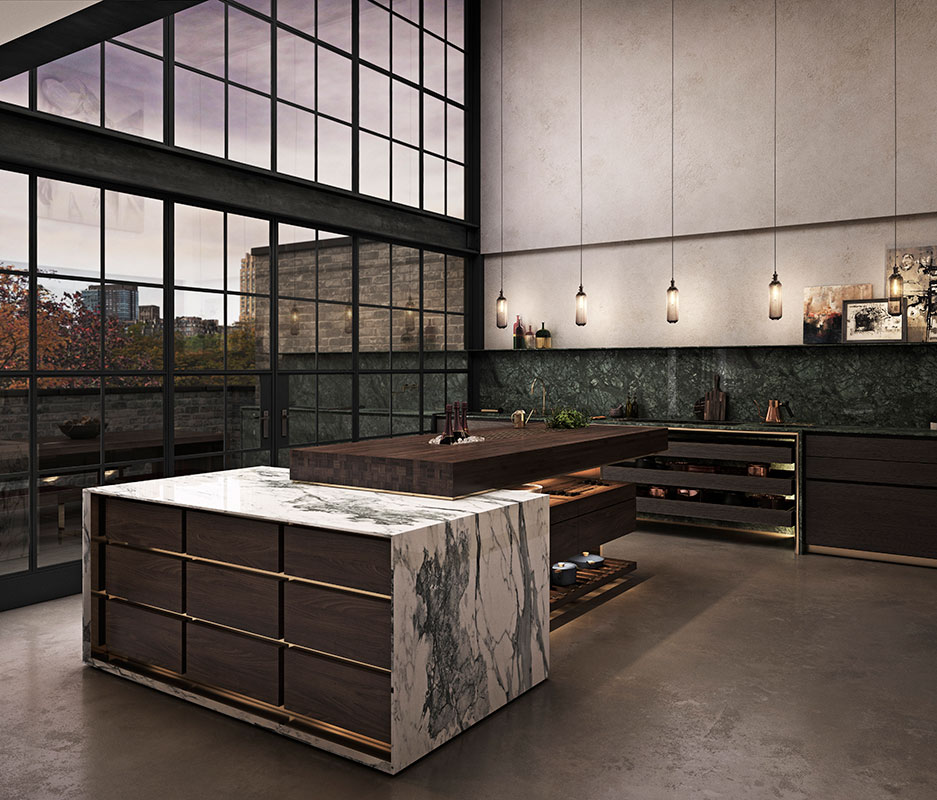
Do you follow any current design trends?
There seems to be more and more of an appetite for a kind of a return to first principles a little bit with cooking. Cooking's a very social experience, and can be quite theatrical and experimental. We're so plugged in today, with phones and tablets, that to return to the elements in our kitchen creates a sanctuary, rather than a very slick but characterless preparation station. I see it as similar to how instead of going to a luxury resort for a holiday, high net worth individuals want to explore and enjoy a safari, or mountaineering. We're hardwired to love things like an open flame – fire, shelter, warmth and companionship are the fundamentals that we're always searching for. This kind of social narrative runs very much in parallel to craftsmanship.
How do you create that authenticity?
It's the materials we use and the way we treat them. We use solid brass instead of brass-coloured plastics, solid timber and bamboo rather than synthetic woods. That's really important when you're creating spaces where the authenticity and richness of an experience matters so much. That narrative has to be told through every nut and bolt of a project.





